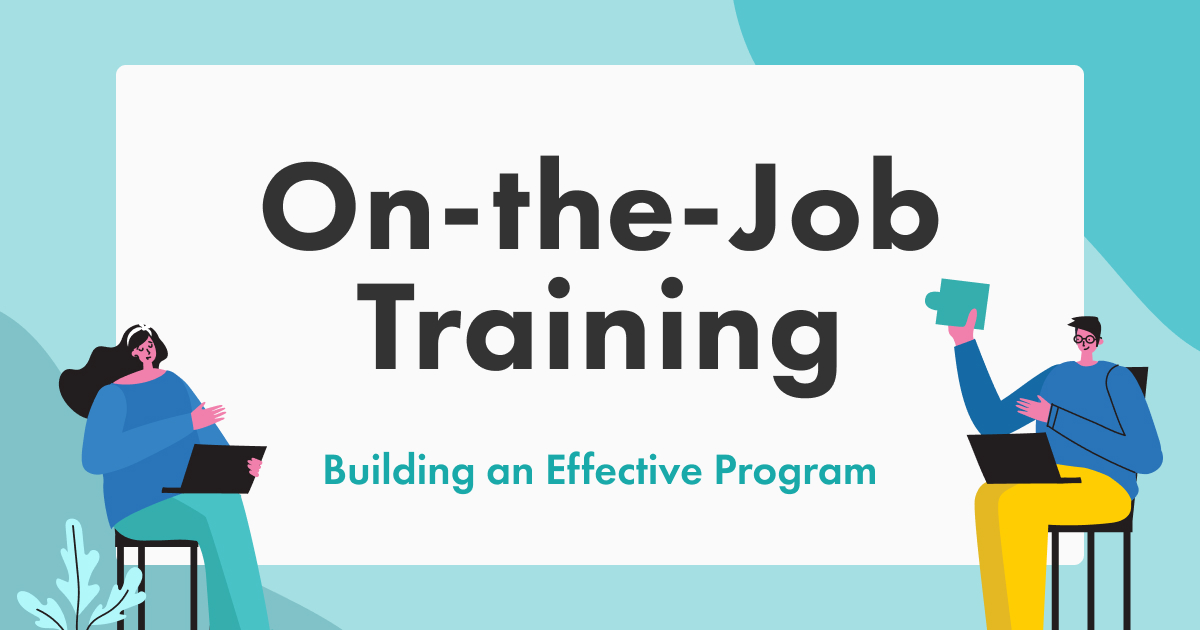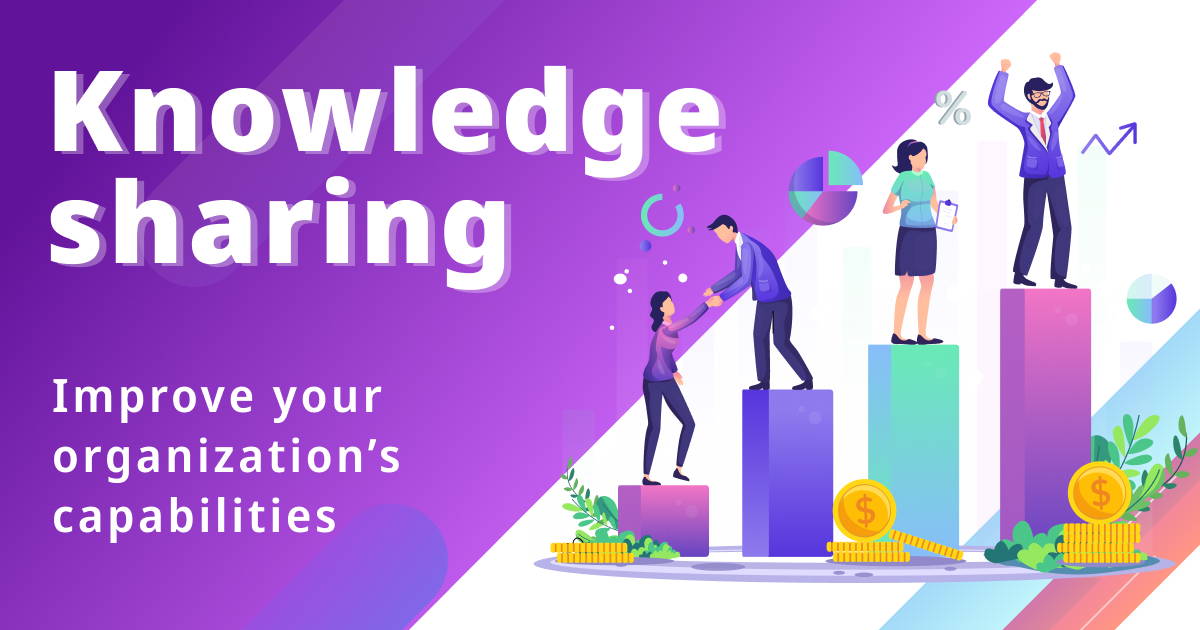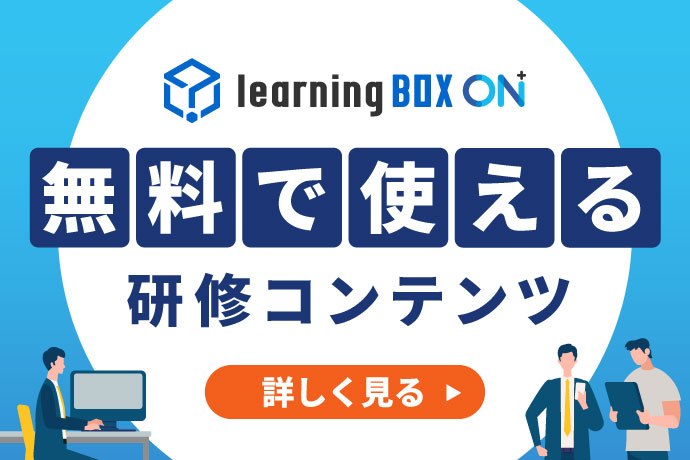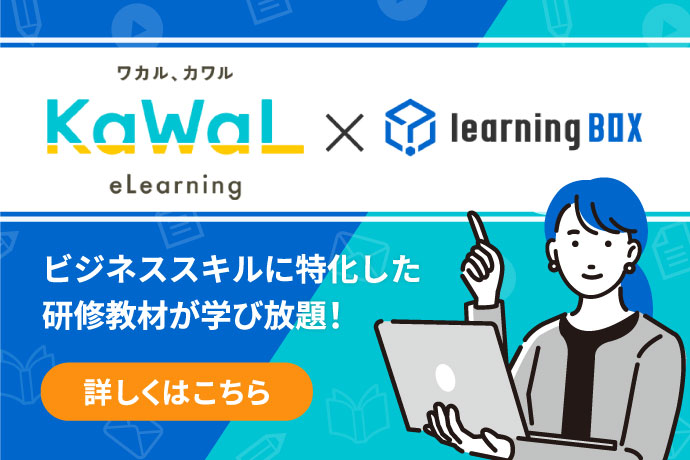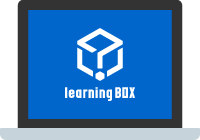Katz's Three-Skill Approach to Leadership

What are appropriate skills? In terms of human resource development, they will depend on each position in an organization. Skill acquisition related to each field plays an integral role, and nothing to say, higher positions require higher skills. In particular, managers have responsibilities to manage a team, and additional skills are needed for goal achievement with their subordinates. Katz’s three-skill approach is one of the effective methods in such a case.
In this article, we will explore an overview of the approach and how to utilize it. Also, specific training methods will be explained as well. These are all related to Katz's three-skill approach, and will be helpful for successful HR development.
Fundamentals of Katz's Three-Skill Approach
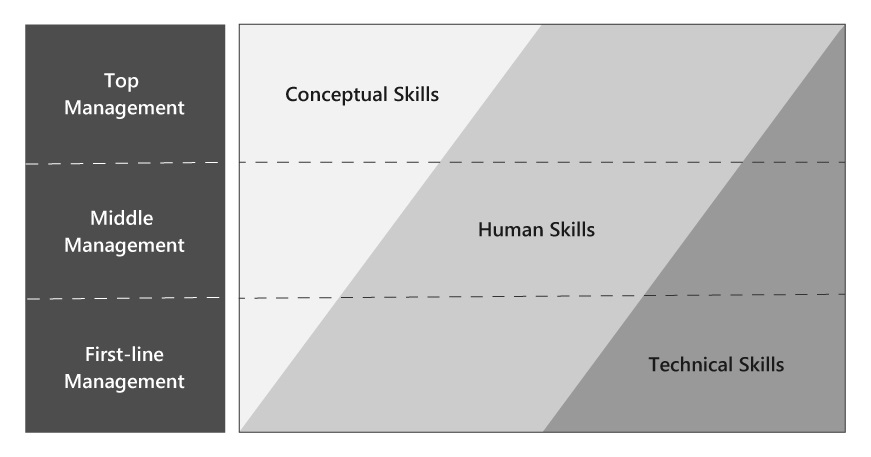
Katz's three-skill approach is a framework used to develop and evaluate human resources, particularly at the managerial level. This section explains the meaning and components of the method.
What is Katz's Three-Skill Approach?
What is Katz's Three-Skill Approach? It is a theory that categorizes and articulates the competencies required for management by hierarchy and skill level. The framework divides managers into three levels: first-line management, middle management, and top management. In addition, necessary business skills are divided into three categories: technical skills, human skills, and conceptual skills.
It was identified in the 1950s by Robert L. Katz, an American management scholar, and continued to be used as a guideline for human resource and organizational development.
Three Levels
Top Management
(CEO/COO)
Top management includes the chief executive officer (CEO), chief operating officer (COO), chairman, president, and vice presidents. Since they are involved in determining management policies and strategies, they have few opportunities to give specific instructions in the field.
Middle Management
Middle management applies to positions such as general managers, section managers, area managers, and branch managers. They are required to understand the decisions of top management, communicate them to first-line management, and facilitate the execution of business operations.
First-line Management
First-line management includes section managers, chiefs, and other on-site supervisors. They are in a position to supervise members based on instructions from middle management and are involved in on-site operations. Even employees without a position are treated as first-line management if they are assigned as project leaders, etc.
Three Skills
Technical SKills
Technical skills are specialized knowledge and skills to perform specific tasks. Also referred to as business execution skills, these skills include computer skills, bookkeeping and language qualifications, product knowledge, and the ability to propose services. Compared to the other two skills, technical skills tend to be more relevant to the workplace.
Human Skills
Human skills are signified as interpersonal skills. It represents the ability to build good relationships not only with people in the workplace including superiors and subordinates, but also with customers, consumers, and all other parties involved in work. It consists of elements such as leadership, communication, presentation, and active listening skills.
Conceptual Skills
Conceptual skills are the skills to understand the bottom lines and make appropriate decisions. It can be said to be the ability to objectively analyze all events that need to be addressed, such as problems that occur in organizational operations and changes in the market, and to find effective approaches. Personnel with high conceptual skills have the following abilities.
- Logical thinking
- Lateral thinking
- Critical thinking
- Multifaceted view
- Intellectual curiosity
- Spirit of inquiry
- Application ability
- Flexibility
- Receptivity, etc.
Points When Utilizing Katz's Three-Skill Approach

The following are some key points for human resource development using the Katz's three-skill approach. Reflect the ideas in your skill acquisition and management training methods to promote the growth of your human resources.
Skills Mapping
First, create a skill map of the competencies you are looking for at each level and position. The advantage is that employees will be more aware of the abilities they lack and those they need to improve further. This can be used when setting goals and evaluating personnel performance.
Training for Three Skills
Example of a Training Theme Based on Katz's Three-Skill Approach
| Technical | Human | Conceptual | |
|---|---|---|---|
| Top Management
(CEO/COO) |
- Business strategy development - Business plan development - Financial management - Risk management |
- Advanced negotiation skills | - Organizational Development |
| Middle Management (Executives/Managers) |
- Analysis of financial statements and other figures - Market analysis |
-Leadership - Teaching - Coaching |
- Critical thinking - Problem-solving ability - Planning ability |
| First-line Management (Leaders/Supervisors) |
- Computer skills - Business email |
- Communication skills - Listening skills - Followership - Harassment |
- Logical thinking |
Acquire Technical Skills
On-the-job training tends to be introduced for technical skills acquisition in many organizations. This is because practical experience is considered as more important than systematic learning of specialized skills. Create an environment where you can receive direct instruction from experienced employees.
Acquire Human Skills
Human skills will be acquired through both on-the-job training and group training. If you are a salesperson, on-the-job training, for instance, gives you opportunities to see and learn required skills such as negotiation and presentation skills by members with extensive sales experience.
In addition, role-playing in group training will help foster a practical image. It is also recommended to take advantage of training programs offered by outsourcing companies.
Acquire Conceptual Skills
Group training will be the most effective way to acquire conceptual skills. This is because highly abstract topics such as logical thinking and critical thinking are often easier to understand if they are learned in sequence with a group. Also, this training makes it easier to conduct group activities including workshops.
Training for Three Levels
For Top Management
Training for top management is focused on improving management skills. Recommended topics are as follows; business strategy planning, financial management, risk management, negotiation, organizational development, and so on. If you participate in training programs conducted by external organizations, there will be opportunities to build personal networks with the management of other companies.
For Middle Management
For this level of management, training for leadership, coaching and critical thinking will make a difference. This is because members at this level are required to correctly grasp the intentions of upper management and communicate them to subordinates before taking command.
In addition to a deep understanding of the company's products, market analysis skills and skills in analyzing financial statements and other numerical data are also required for the smooth execution of work.
For First-line management
Examples of training for first-line management include training to acquire basic business skills such as computer skills, business writing skills, and logical thinking because compared to the other two levels, members at this level have more opportunities to work in the field.
In addition, given your position as a team supervisor, taking compliance and harassment training as well as communication training will enhance your knowledge and skills.
Back to ContentsPoints When Utilizing Katz's Three-Skill Approach

It is important not to take an overly limited view of the skills required at each level. Assume the risk of misinterpretation of this approach by employees, and inform them of the concept regularly.
There may be difficulties to acquire all skills through on-the-job training or group training. In that case, elearning is recommended as a training method. This is suitable for cases where the workload is too busy to hold group training, or where there is no appropriate instructor for the content of the training, moreover, courses can be taken according to the abilities of individuals.
Back to ContentsBoost the Strengths of Your Organization
In this article, we explained basic knowledge of the Katz's Three-Skill Approach and its use in human resource development, as well as some points to be considered. The concept of this approach can be used not only for managers, but also for the development of all human resources belonging to an organization. Let's clarify the skills that should be emphasized for each position and job title, and make use of them to boost the strengths of your organization.
If you want to implement training using the Katz's Three-Skill Approach in an elearning program, trylearningBOX .
learningBOX is an e-learning system equipped with essential functions for in-house training, such as content creation and distribution, and course management. Courses can be designed in accordance with training content, and exams can be easily conducted to check employee proficiency. The system's simple operability and reasonable price have been well received, and many companies have adopted it for their in-house training programs.
learningBOX offers a forever Free Plan to try learningBOX Free Plan. Up to 10 accounts are available without expiry date.
▼You may also like:
Back to Contents


-
Discover rich featuresService Guide
-
Feel free to contact usGet in Touch
-
Try our Free PlanTry Free Plan


